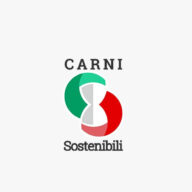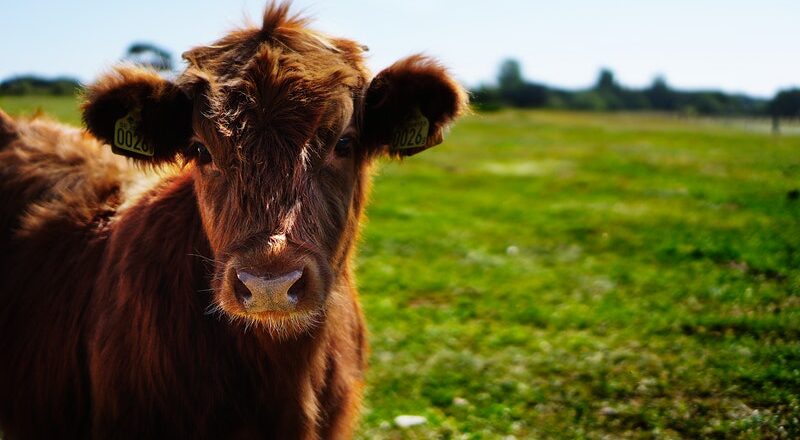
The truth about “intensive farming” in Italy
The so-called “intensive animal farming” is judged by the majority in a negative way because they are considered not very respectful of animal welfare. But what does it mean the term “intensive”? And is intensive farming really the evil that everyone thinks?
The so called “intensive animal farming” is described often by poorly informed people even as “lagers” where animals are subjected to the worst suffering, this has created even in the less attentive consumer the perception of a wrong way to breed and consequently the belief that less quality meat derives from it. But what does it mean the term “intensive”?
Actually, there is no official definition of “intensive breeding”, but this term takes into account the method of breeding in a circumscribed environment, such as a closed or open stable, or enclosures, etc., able to allow greater control of animals and above all the application of a high nutritional diet to obtain maximum yield.
Normally, “intensive” breeding is contrasted with “extensive” farming, outdoors or grazing, a condition that creates an impression of less exploitation and greater well-being for animals.
This is not always true: in fact, even if animals are outdoors and free to move, it is not obvious they are better than those raised in the barn. The advantage of the greater open-air space can in fact be countered by some disadvantages related to the less control on animals that this breeding involves: for example, the reduced possibility of treatment from diseases, exposure to bad weather and predators, the possible inadequate availability of food and water in quantitative and qualitative terms.
In contrast, a breeding considered “intensive”, with high density, but carried out in an optimal manner in order to provide space, natural light, air exchange, daily assistance to each animal, innovative housing systems, offers conditions that can be even better than a less dense but poorly managed “extensive” breeding.
Animal welfare also exists in intensive breeding, governed by specific regulations developed by experts in veterinary medicine, animal ethology, physiology and zootechnics. Based on studies about animal’s needs, they have determined minimum requirements so that animals can lead a life respectfully of their primary requirements.
Actually, animals have very different needs compared to humans and their welfare in breeding is based mainly on the respect of 5 freedoms: freedom from hunger, thirst and poor nutrition, freedom from environmental problems and therefore the need for comfort and refuge, freedom from diseases and injuries, freedom to express the normal behaviour of one’s own species and freedom from fear and stress. These must be guaranteed at every stage, avoiding unnecessary suffering to animals even during transport and slaughter.
In addition, opposite to what is usually thought, intensive farming is also more efficient and more sustainable than extensive farming: in fact, the optimization of resources and adequate feeding to each species allow a balanced growth rate and a good daily weight increase of animals, with a better conversion rate of plant foods into meat, greatly reducing waste and therefore the environmental impact. Instead, extensive farming requires more space, much more water and resources, as well as being less controllable in terms of biosecurity.
Even the bad opinion that consumers have on intensive poultry farming is no longer reflected in today’s reality, as it made enormous progress over the years, compared to the past, thanks to the identification of valid indicators of animal welfare, allowing to evaluate the real state of well-being of the whole farm.
Controlled environments protect animals from disease, limiting mortality and ensuring a high level of biosecurity (for example, raising indoors is essential to avoid contact with wild animals). Furthermore, genetic selection has made possible to obtain lines of chickens that better convert feed into products, optimizing performance and reducing waste.
It would be unthinkable, both from an economic and environmental point of view, to feed the world without protected farms. Sanitary controls would then be unmanageable if all animals were free on the territory, with serious consequences on public health and animal welfare.
Great strides have been made in recent years and there is still much to be done to improve livestock conditions in farms, as evidenced by more severe regulations and initiatives to ensure an ever-increasing level of well-being, such as welfare prizes or quality certifications, which can be awarded only by respecting strict production regulations and standards.
Breeders know that ensuring animal welfare is essential for obtaining good production and earnings. For this reason compliance with regulations must be a priority. Protected farming is therefore the most efficient solution to meet the growing global demand for food, because it allows a good compromise between animal welfare, productivity, food safety and environmental sustainability.
Susanna Bramante
Agronomist, nutritional consultant and scientific writer, author and co-author of 11 scientific publications and numerous articles on human nutrition and its impact on health and environment. In 2010 she received the title of Doctor Europaeus and PhD in Animal Production, Health and Food Hygiene in countries with a Mediterranean climate.





